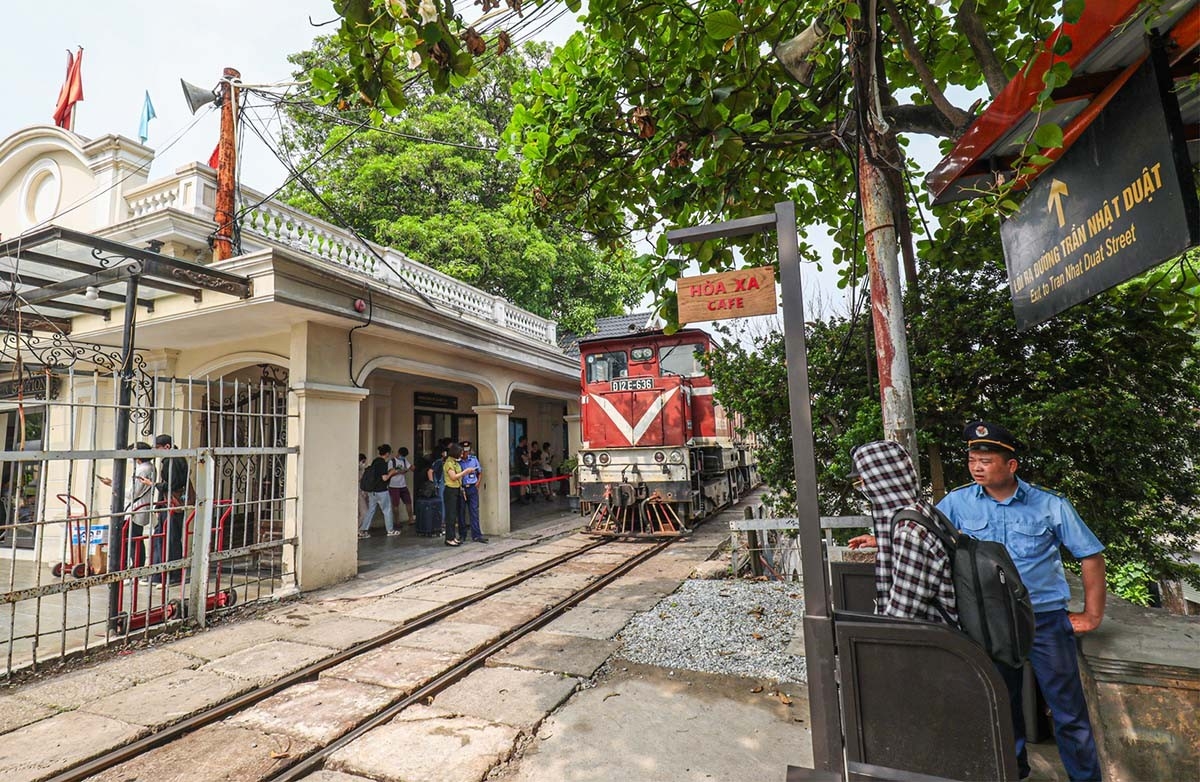Exploring the Hanoi Railway Station for Train Travel
Hanoi Railway Station, known locally as Ga Hà Nội, is a central hub for train travel in Vietnam. Located in the heart of Hanoi, it serves as a gateway to various destinations across the country. Whether you’re a local commuter or a tourist looking to explore Vietnam by train, understanding the ins and outs of this station can make your journey smoother and more enjoyable.
Navigating the Station
Hanoi Railway Station is divided into two main sections: A and B. Section A is the primary area for most train departures and arrivals, while Section B handles a few specific routes. When you arrive at the station, you’ll notice clear signage in both Vietnamese and English, which helps in navigating the premises. The station is relatively compact, making it easy to find your way around. Ticket counters are located in the main hall, and there are electronic boards displaying train schedules and platforms.
For those who prefer to book tickets in advance, online booking is available through the official Vietnam Railways website or various travel agencies. It’s advisable to book early, especially during peak travel seasons, to secure your preferred seats. If you need assistance, the station staff are generally helpful and can communicate in basic English.
Facilities and Amenities
Hanoi Railway Station offers a range of facilities to ensure a comfortable wait before your train departs. There are several seating areas, though they can get crowded during busy times. For refreshments, you’ll find a few kiosks and small shops selling snacks, drinks, and light meals. If you’re looking for a more substantial meal, it’s a good idea to eat before arriving at the station, as dining options are limited.
Restrooms are available, but they might not meet the standards of cleanliness you expect, so it’s wise to carry some tissues and hand sanitizer. For those needing to stay connected, Wi-Fi is available, though the connection can be spotty. It’s best to have a local SIM card with data if you require reliable internet access.
Boarding and Train Travel Tips
When it’s time to board your train, pay attention to announcements and electronic displays indicating platform numbers. Trains in Vietnam can sometimes run late, so it’s important to stay updated on any changes to your schedule. Once on the platform, you’ll find staff members who can direct you to the correct carriage if you’re unsure.
Vietnamese trains offer several classes of service, from hard seats to soft sleepers. For long journeys, a soft sleeper is recommended for comfort. Each carriage is equipped with basic amenities, and vendors often pass through selling snacks and drinks. It’s a good idea to bring your own food and water, especially for longer trips.
Train travel in Vietnam is generally safe, but it’s always wise to keep an eye on your belongings. Use a small lock for your luggage and keep valuables close. The scenic views from the train can be breathtaking, so have your camera ready, especially if you’re traveling through the countryside or along the coast.
